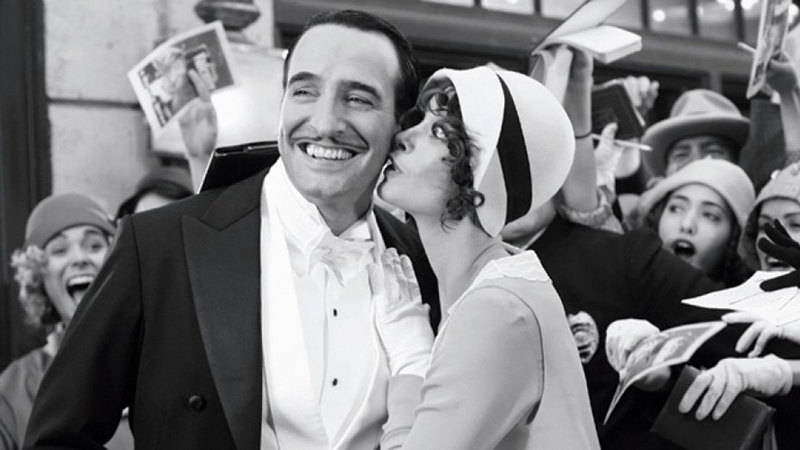After watching “Zero Dark Thirty” with us, my mother-in-law quipped, “Zero Stars Thirty,” but then softened. “Two stars.”
That’s probably still a little harsh, but I have to side with her rather than the reviewers who’ve called Kathryn Bigelow’s account of the decade-long hunt to get al-Qaeda leader Osama bin Laden one of the best films of 2012. Rotten Tomatoes notes that I agree with the Tomatometer critics 80 percent of the time, but this is one of those times I have to part ways with them.
What’s fresh are parts of the film, but not the whole slog-through 157 minutes, 40 of which are opening sequences showing mostly “enhanced interrogation techniques” (if you’re of the Bush-Cheney mindset) or “torture” (if you’re an Obama supporter). Then again, politics might not matter, since the way Bigelow depicted the interrogations prompted a bi-partisan protest led by Senators John McCain, Carl Levin, and Dianne Feinstein, who cited records that proved torture did not help the U.S. track bin Laden to a compound in Pakistan. Bigelow’s film was misleading, they said—not that people in government are experts on misrepresentation, or anything.
“Zero Dark Thirty” received five Oscar nominations, but only won for Best Sound Editing. Some say that controversy torpedoed the film, but controversy aside, I have to say that I was disappointed by it in ways that I wasn’t with Bigelow’s first war film, “The Hurt Locker”—which won six Oscars, including Best Director and Best Picture.
While there’s a similar rawness created by hand-held cameras, along with copious grain, extreme close-ups, and harsh angles that reinforce a guerilla or “insider” filmmaking perspective, and while the focus is on a lead character’s emotional journey, some of Bigelow’s choices—I’d call them missteps—ultimately work against the film. And yes, the decision to include 40 minutes of interrogation in the first act is one of them. I’m sure that every prison or prisoner-of-war movie ever made could have added plenty of similar real-time sequences, but we get the point with far less. It’s like going to hear a concert and the first movement of the symphony is the same series of notes, over and over.
To continue that analogy, the second “movement” of this film is dominated by explosions. After it’s established that Maya (Jessica Chastain) stands alone in her belief that bin Laden isn’t hiding in a cave somewhere in Afghanistan but is living above-ground somewhere in Pakistan, we get a series of terrorist attacks meant to show us that her superiors are going to break down and begin to see things her way. And the third “movement” is finally the Navy SEALS operation that did the job.
I find it hard to believe that I’m alone in wishing that we would have seen more of the briefing and training that the SEALS had to go through to pull off this particular mission, because as is, this most important climactic part of the film almost seems tacked on. We’re 95 minutes into “Zero Dark Thirty” before we even glimpse the now-recognizable compound in which bin Laden was living with extended family and followers.
Some may not mind Bigelow’s decision to front-load the film with so much torture that yields so little information for the audience, but I found myself resenting it when later sections seemed underdeveloped.
All that said, Chastain continues to impress, with “Zero Dark Thirty” yet another example of how she’s able to fully transform herself into a different character. Her Oscar nomination was deserving, despite the odd ways in which the film limited her—as in the beginning, when her presence seemed awkward, passive, like an intern observing but not knowing exactly how to process what she’s seeing. To Bigelow’s credit, she tries to frame the debate over whether the end justifies the means by trying to show both sides. But I have to say from the point of a political thriller, “Zero Dark Thirty” wasn’t nearly as suspenseful as “Argo,” and not just because I knew the outcome. I knew the outcome of both films. Bigelow just didn’t create or sustain the kind of tension that would have made any excesses forgivable.
Video:
Any graininess is deliberate, because medium shots and extreme close-ups show an incredible amount of detail, whether it’s hairs on a chin or pores on the skin. Much of the color palette tends toward the drab, but there’s still clarity and faithfulness of reproduction here. No scenes seemed either over- or under-lit. As for the AVC/MPEG-4 transfer to a 50 GB disc, I saw no artifacts or compression issues. “Zero Dark Thirty” is presented in 1.85:1 aspect ratio.
Audio:
The audio is an immersive English DTS-HD MA 5.1 that nails every scream, every water drop . . . everything. There’s great clarity in this audio track, with the commentary in English Dolby Digital 2.0 and subtitles in English, English SDH, and Spanish.
Extras:
This bare-bones release has only four short features: “The Compound” (9 min.) and its look at the Abbottabad sequenc; “Geared Up” (7 min.), which looks at the Navy SEALS as depicted in the film; “Targeting Jessica Chastain,” a five-minute bio-summary; and “No Small Feat” (4 min.), in which cast and crew comment on their work in the picture.
This combo pack also includes a DVD and UV Copy.
Bottom line:
Right or wrong, the way my brain processed “Zero Dark Thirty” was simple: I wanted less torture and explosions, more training and development of the political side of things. And more tension. There were simply too many scenes where the tension was allowed to dissipate.


